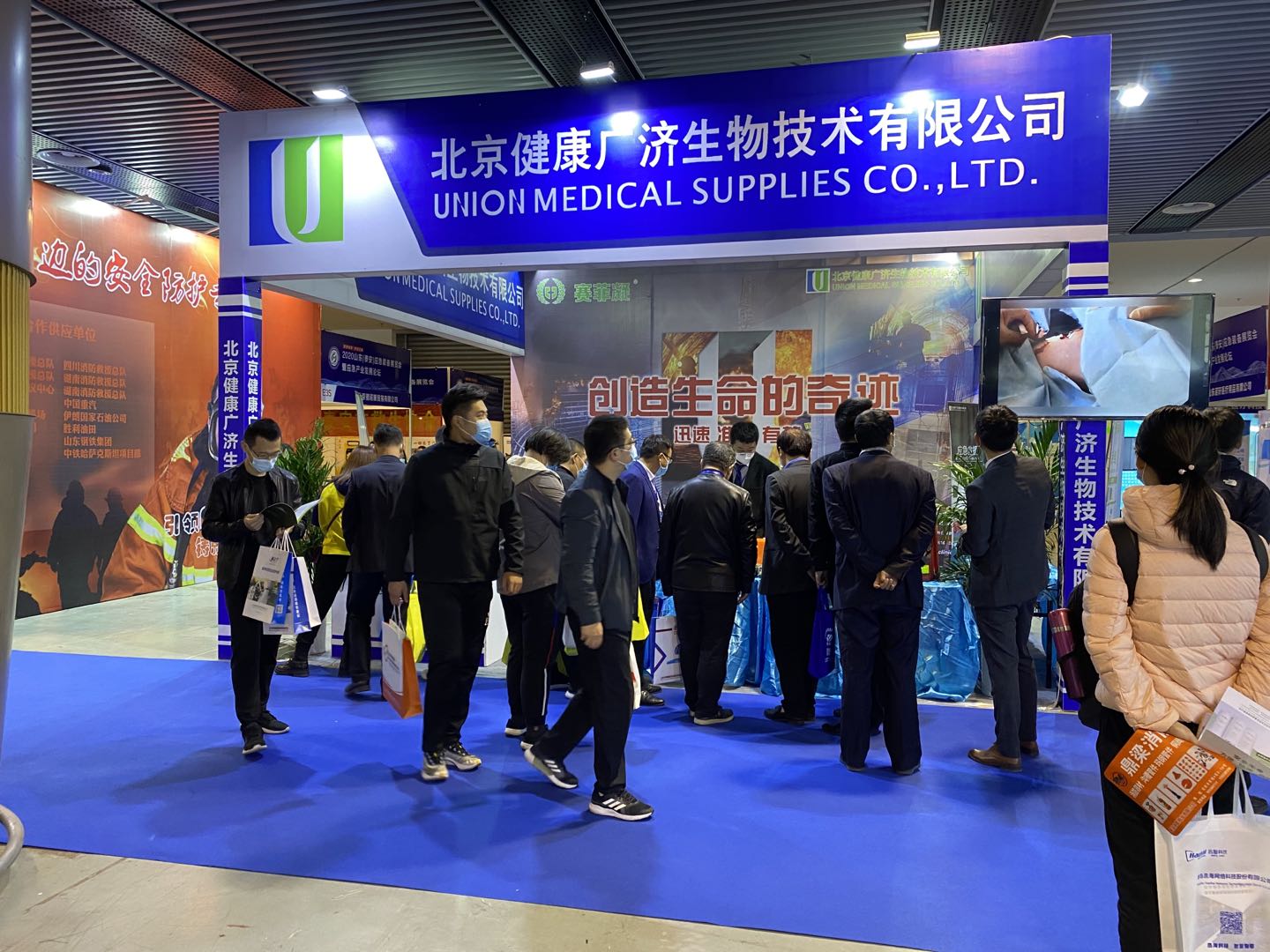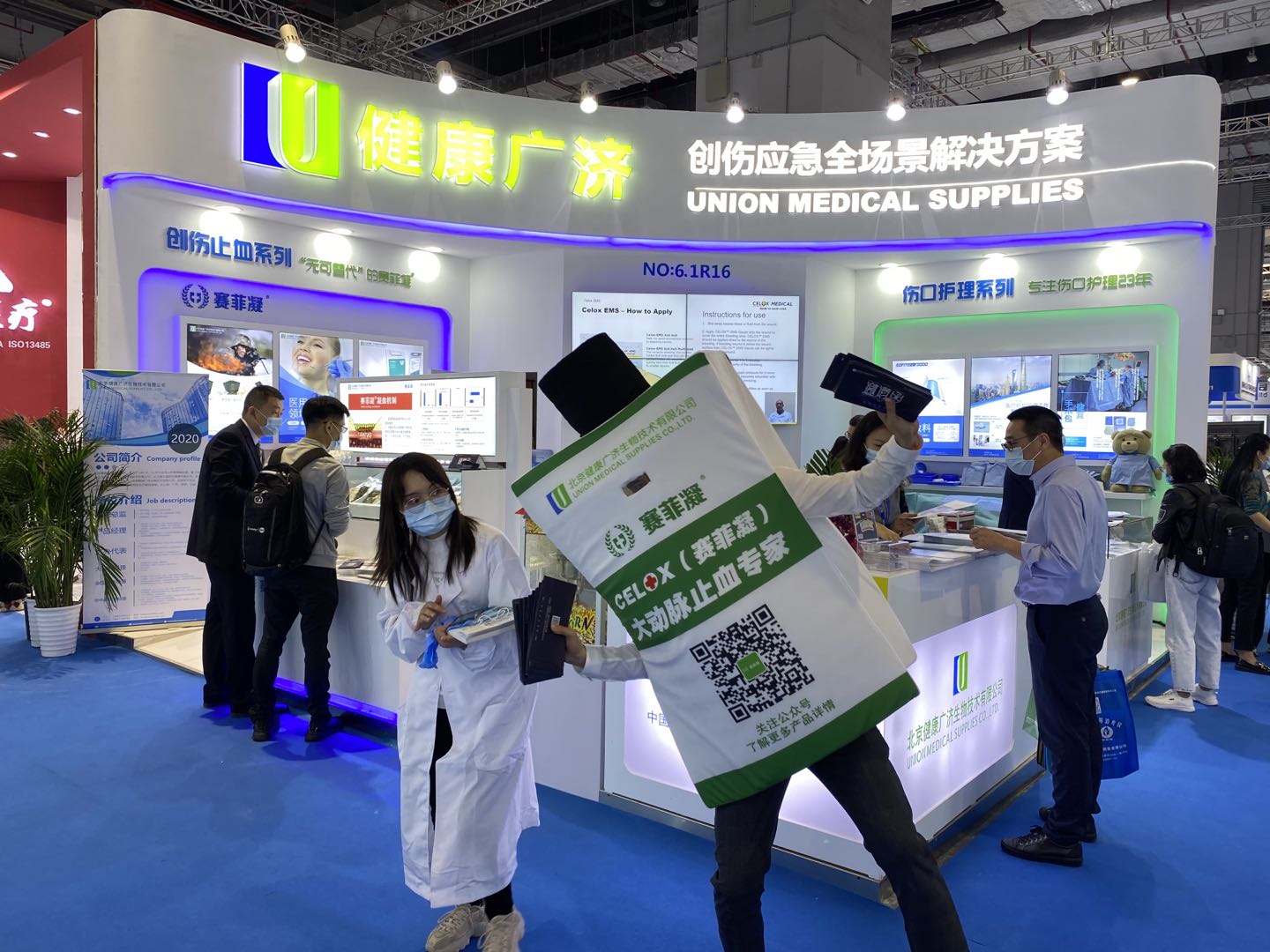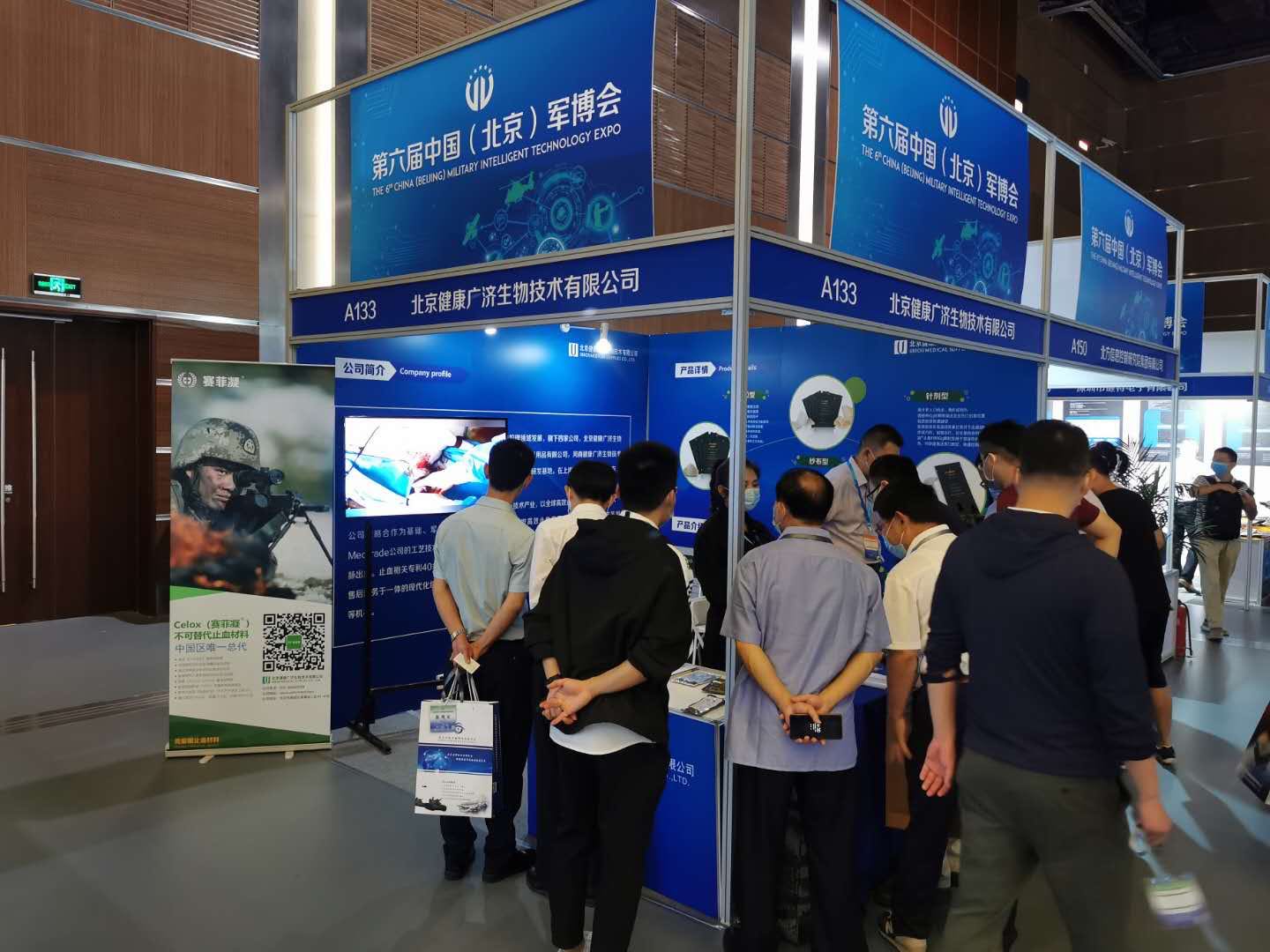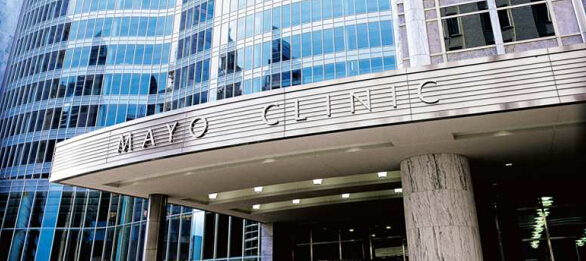China expands its medical reform pilot program to 200 cities
A recent report released by the State Council Leading Group on Deepening Medical Reform, the "2016 Annual Medical Reform Progress Monitoring Report", shows that in 2016, China's medical reform pilot cities expanded to 200, with 92.6% of prefecture-level cities adjusting the prices of medical technical services. Various medical reforms have shown a positive trend. However, problems still exist, such as the lack of full coverage in public hospital reforms and some public hospitals not having completely canceled drug markups.
2016 was the opening year of the "Thirteenth Five-Year Plan", and various medical reforms have been promoted in an orderly manner with significant achievements. Monitoring data shows that China's medical reform pilot cities have expanded to 200, with 2335 public hospitals fully implementing reforms. Various medical reforms show a positive trend of two increases and two decreases: residents' health levels continue to rise, and the level of health resource allocation has improved; the growth rate of medical expenses continues to decline, and residents' medical burden is constantly reduced. In 2016, in pilot cities, the proportion of drug costs in outpatient and inpatient expenses for public hospitals was 49% and 34.2%, respectively, a decrease of 2 and 2.5 percentage points compared to 2015.
While medical reforms have achieved results, some areas still require deepening reforms. Relevant officials from the National Health and Family Planning Commission stated that, in accordance with the requirements of the State Council's medical reform tasks, public hospitals in China should completely cancel drug markups by the end of September 2017. This is a key step in eliminating the "drug-for-profit" model. However, some state-owned enterprises and prison system public hospitals have yet to fully push forward centralized bidding and procurement of pharmaceuticals and transparent procurement of consumables as required. In some provinces, not all public hospitals participating in public hospital reforms have yet canceled drug markups, and the proportion of consumable and examination fees in outpatient and inpatient expenses of public hospitals is still relatively high.
Monitoring data also shows that the number of people participating in the three basic medical insurance programs nationwide has reached 1.34 billion, with a participation rate of 98.8%. 70.6% of public hospitals nationwide procure medicines through provincial centralized procurement platforms, and 57.0% of public hospitals procure high-value medical consumables through provincial centralized procurement platforms. There are 441,000 non-public medical institutions in China; the number of multi-point practitioners has reached 19,219.
In accordance with the reform requirements of "guaranteeing the basics, strengthening the grassroots level, and establishing a mechanism", 56 key tasks were proposed for nationwide deepening medical reforms in 2017. These tasks mainly focus on hierarchical diagnosis and treatment, public hospital reforms, universal medical insurance, drug supply guarantee, comprehensive supervision, and other systems, also setting forth specific requirements for health poverty alleviation and basic public health services.
Source: Xinhua News Agency
Hot News
Shandong Exhibition: October 27, 2020
Release time:
2021-03-26
Shanghai Exhibition: October 19-22, 2020
Release time:
2021-03-26
Beijing Military Museum Exhibition: September 22, 2020
Release time:
2021-03-26
Poor medical device sales aren't always due to lacking sales skills.
Release time:
2018-09-26













